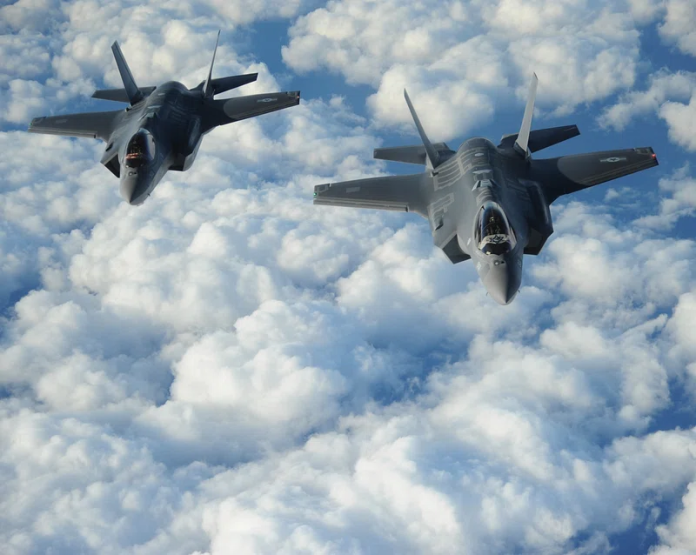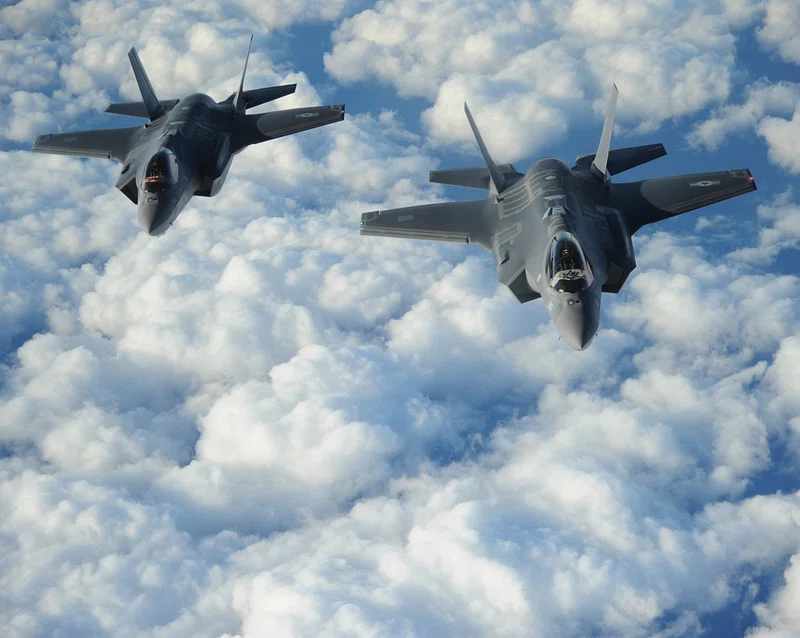
Can a stealth fighter be considered “fifth-generation” if it has never seen action? In an era when air dominance is based on something other than speed and radar cross-section, the battle record is becoming the strongest determinant. The best jets in the world have outstanding résumés, but their availability for real missions is typically another matter.
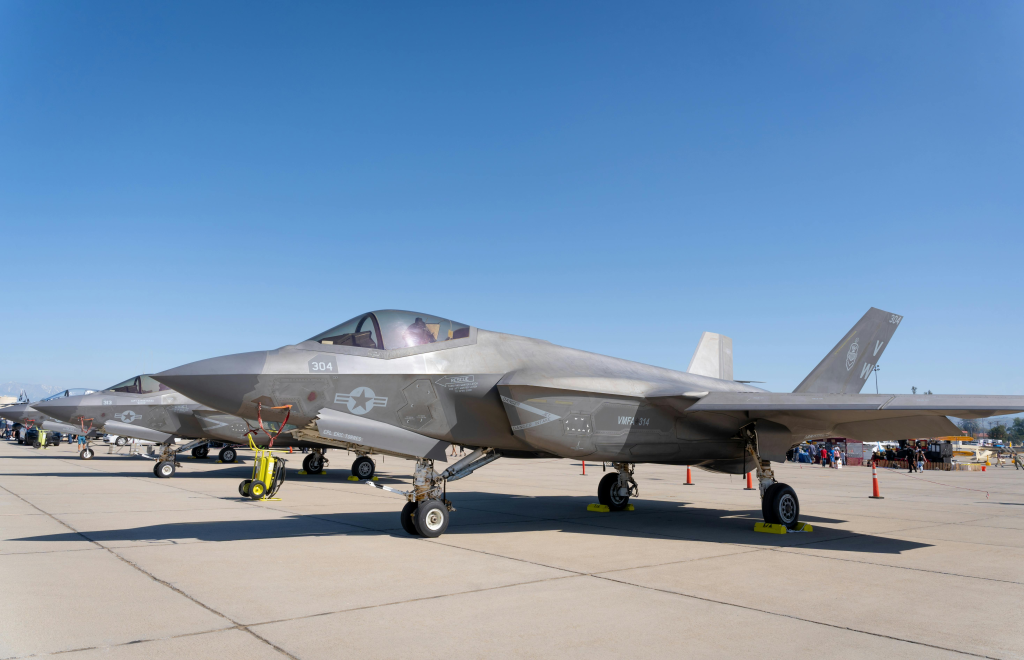
Fifth-generation fighters possess stealth shaping, supercruise, sensors, and network warfare. Few have seen any real combat, though, and fewer still have more than once. From battle-tested F-35 to yet-to-be-proven Su-57, the gap between design potential and operations experience is huge. Here’s a list of six in-production fifth-generation fighter jets ranked by their operationally proven combat value, industrial maturity, and deployment history.
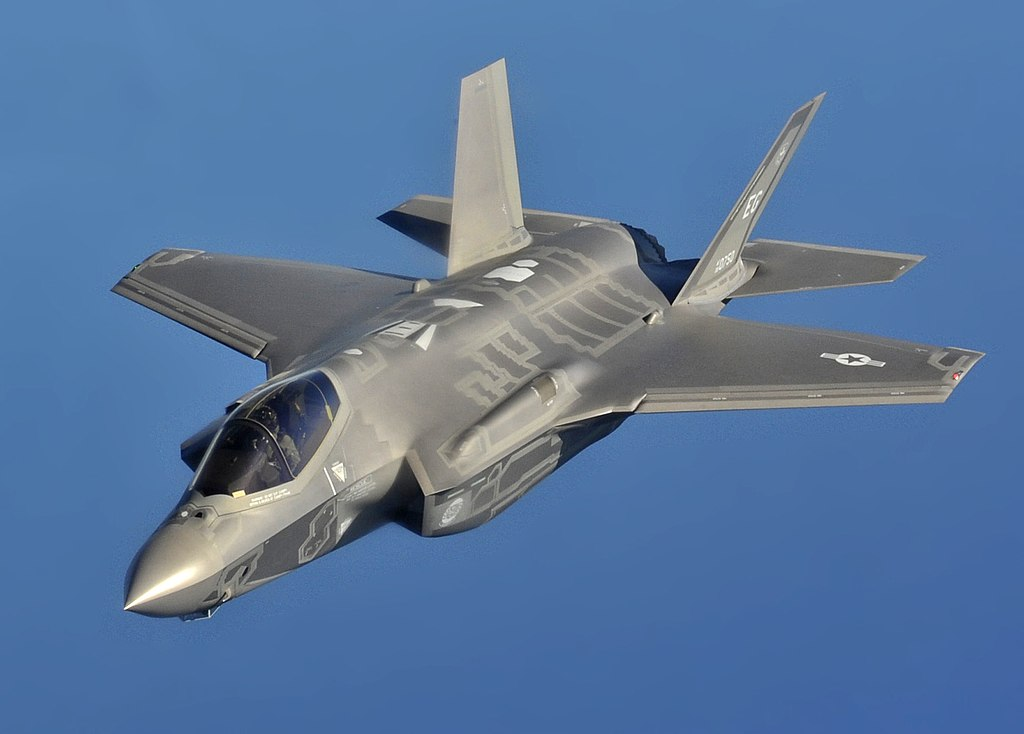
1. F-35 Lightning II – The Operational Benchmark
With over 1,000 operational units in 17 nations, the F-35 is the only fifth-generation fighter with worldwide proliferation and consistent combat history. America and Israel have been using it for combat missions since 2018 and struck targets without detection. Its AN/APG-81 AESA radar, Distributed Aperture System, and sensor fusion present a seamless tactical picture to pilots. The A, B, and C versions with three variants are used for air force, marine, and carrier use.
While its Mach 1.6 top speed is lacking, its stealth is unmatched, with a nose radar cross-section as big around as a golf ball. The networked ability of the jet, Lockheed Martin maintains, makes it an “information quarterback” for allied air power. Sustainment costs remain high, but regular software and hardware updates keep the fleet at the cutting edge of network-centric warfare.
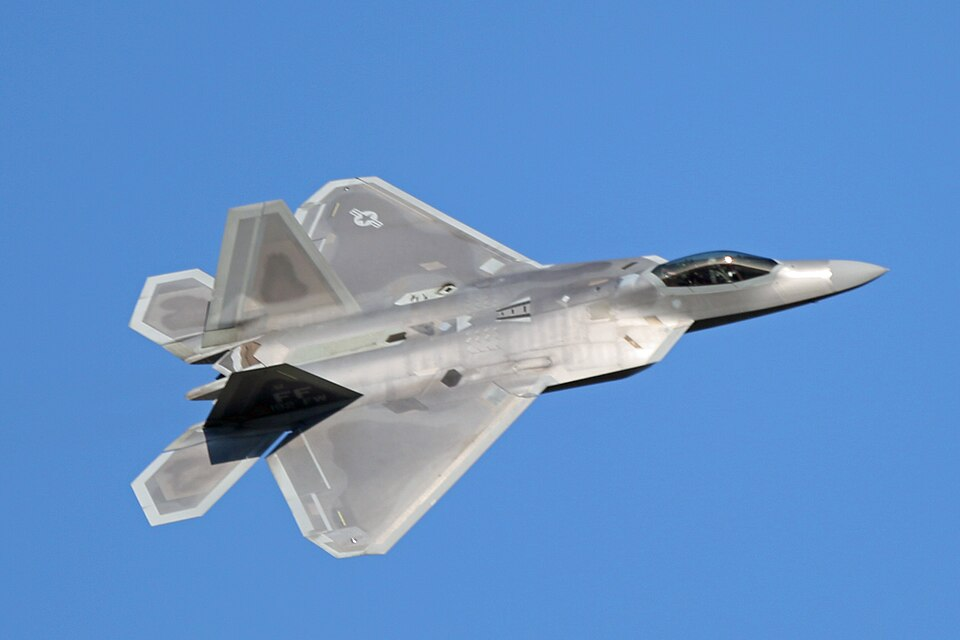
2. F-22 Raptor – Improved but Underutilized
The F-22 is currently still the better maneuver and stealth fighter in inventory, and it can supercruise at Mach 1.8 and cruise at Mach 2.25. Its radar cross-section is approximately the same as that of a marble, and its thrust-vectoring nozzles give it unmatched dogfighting capability. It is made only in some 180 copies, and only the U.S. Air Force flies it.
Operational service has been limited, typically to high-threats. The Raptor is beset by “limitations” as a 1990s design that “we can’t modernize our way out of,” in the words of Lieutenant General S. Clinton Hinote. It does not possess such capabilities as helmet-mounted displays and datalinks on more recent aircraft, but modernization will bring AIM-260 missiles and advanced networking.
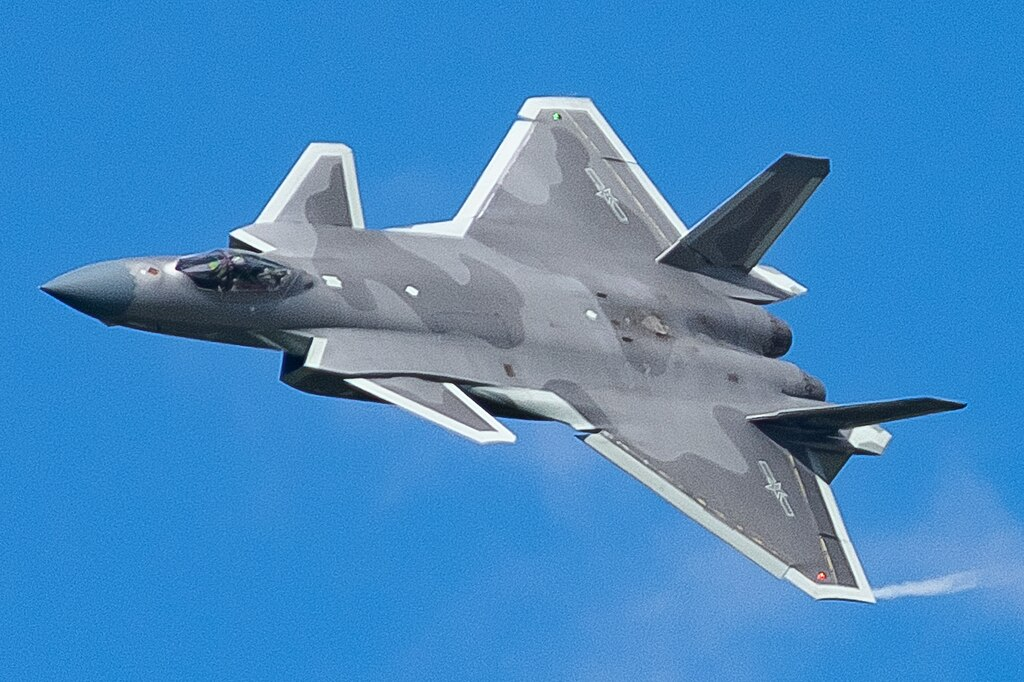
3. Chengdu J-20 Mighty Dragon – China’s Rising Challenger
The J-20 was inducted into the People’s Liberation Army Air Force in 2017 and is now produced in over 100 numbers each year. Its canard-delta configuration, Mach 2 speed, and long-range AESA radar make it a powerful instrument of combat in beyond-visual-range missions. Analyst Abraham Abrams deems it “by far the most serious challenger that the F-35 could face in combat.”
The twin-seat J-20S variant has a second pilot to manage electronic warfare, datalinks, and UAV operations and thus serves as an airborne command node. AI is being studied for autonomous UAV operation and future electronic attack. Having flown near Taiwan and the South China Sea, combat employment is not known to be approved.
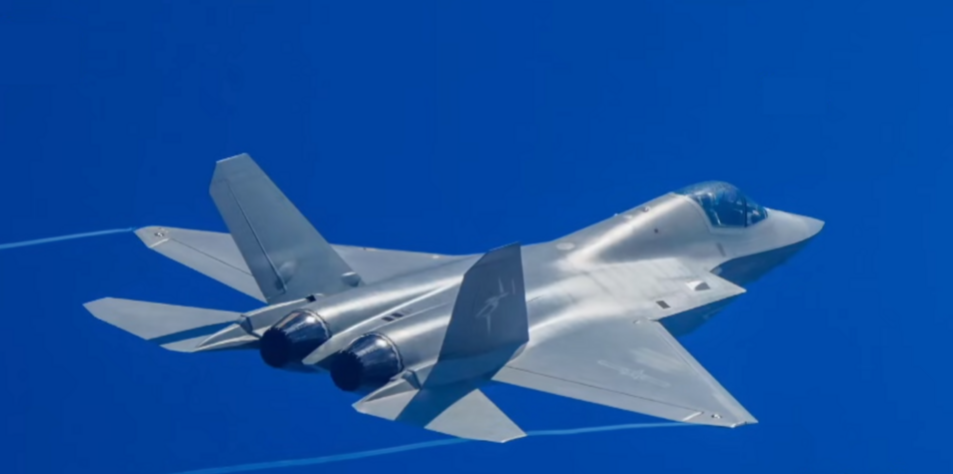
4. Shenyang J-35 – Carrier-Capable Newcomer
Commissioned by China’s Navy in 2025, the twin-engine stealth fighter J-35 (FC-31) is designed for carrier operations. Estimated Mach 1.8+ top speed and internal weapons bays make it similar to the F-35C but not yet operationally tested.
Its role will likely be enhanced when China’s carrier group expands, but in the absence of combat deployment, its readiness is hypothetical. Powered initially with Russian RD-93 derivative engines, future production is expected to be equipped with domestic WS-19 engines to maximize performance and endurance.
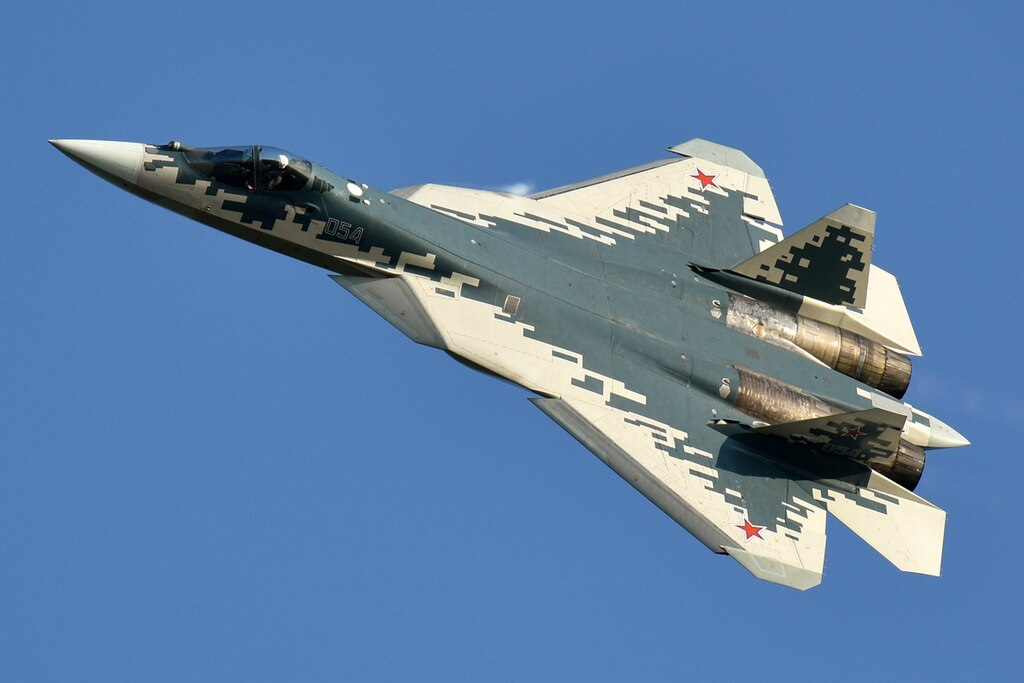
5. Su-57 Felon – Limited Quantities, Limited Evidence
Russia’s Su-57 saw operational introduction in 2020 but delivered only about 40. It supcruses at Mach 1.3, Mach 2 speed, and features 3D thrust vectoring for great maneuverability. Its N036 Byelka radar system features multi-band coverage, although its stealth shaping is less advanced than Western jets.
Moscow reports limited Syrian deployment but unclassified reporting is sparse. As analyst Tom Cooper describes, initial fielding was with prototypes having “incomplete sensors” and “no operational integrated avionics.” Production has been slowed by sanctions and fiscal constraints, so large-scale deployment is not in the near term.
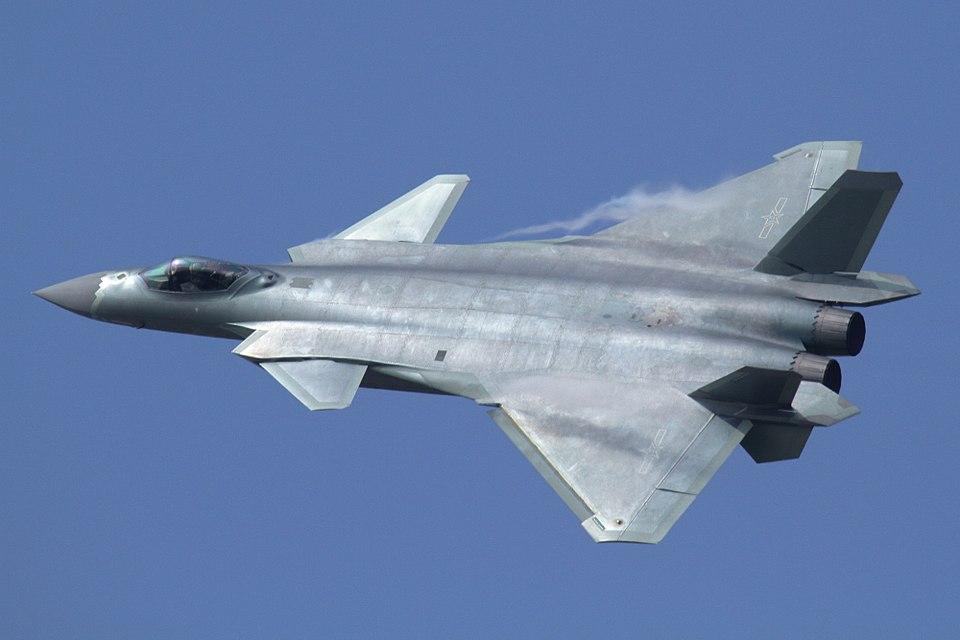
6. J-20S and AI-Advanced Combat Ideas
The two-seat J-20S is a doctrinal step in the direction of manned-unmanned teaming. With a lengthened nose radome housing a high-density AESA array purported to be 50% more capable than the F-22’s radar it is specifically aimed at counter-intervention tasks in the vicinity of China’s periphery.
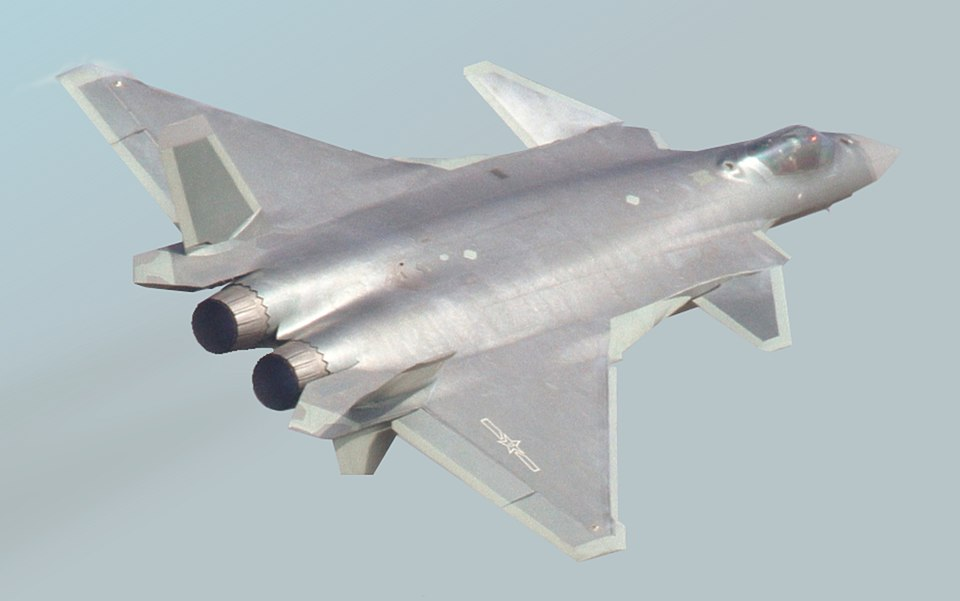
The potential future uses of AI include predictive repair, autonomous UAV control, and dynamic command of electronic warfare. Once integrated by the PLA, the J-20S will be more and more less an overt fighter and more and more a battle manager in domains, expanding China’s air defense system ranges.
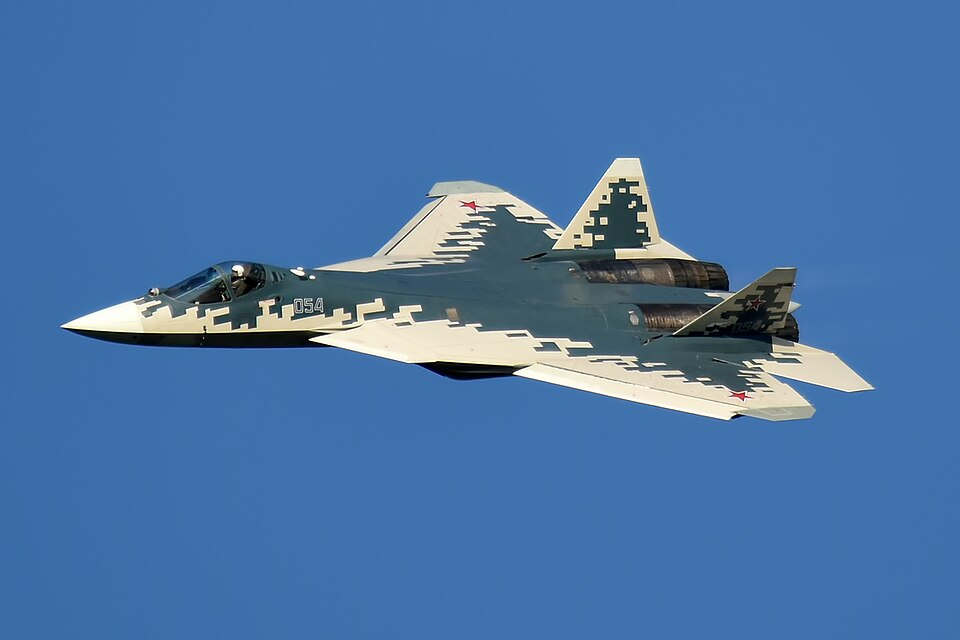
Combat capability is not a checklist of stealth features and thrust-to-weight ratios it is the wholeness of operating know-how, logistics proficiency, and compatibility in large force structures. F-35 is being in the front as it has been operated across various theatres, while others like the J-20 and Su-57 are yet to have credibility. When mass production begins, doctrine alters, and geopolitics are played out internationally on a growing scale, the final word on these levels will be spoken not in brochures, but in the air where they are taken to the limits.
